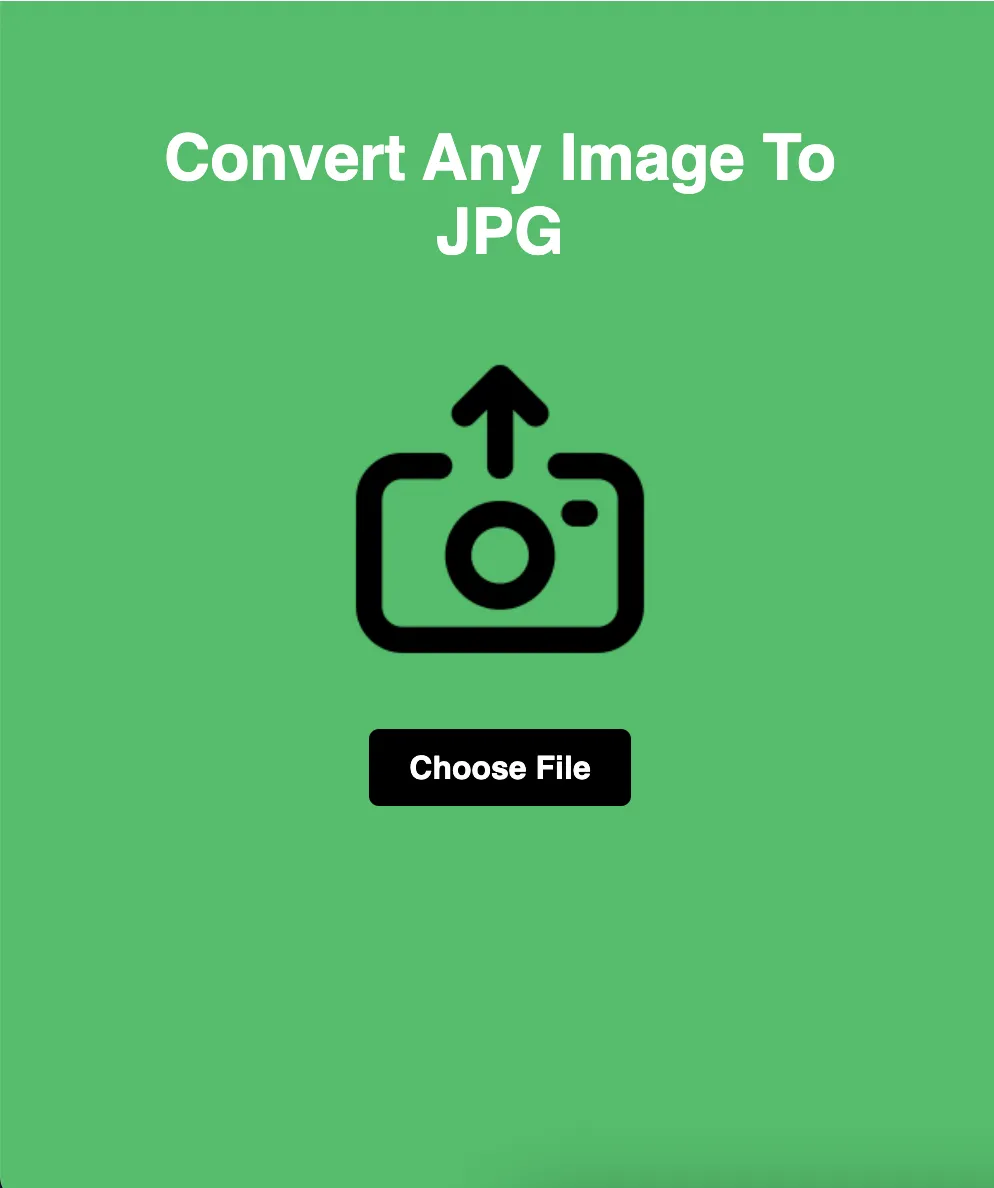
Choosing Between BMP and TIFF: Understanding Differences and Ideal Uses
In the realm of digital imaging, choosing the right file format can significantly impact the quality, compatibility, and usability of your images. BMP (Bitmap) and TIFF (Tagged Image File Format) are two commonly used formats, each with its own set of characteristics and advantages. In this blog, we'll explore the differences between BMP and TIFF, along with their respective use cases and applications, to help you make informed decisions when working with digital images.
Understanding BMP and TIFF:
Before we delve into the comparison, let's briefly introduce BMP and TIFF formats.
BMP (Bitmap):
BMP, short for Bitmap, is a simple and straightforward raster graphics format developed by Microsoft. It is characterized by its uncompressed nature, which means that BMP files contain raw pixel data without any compression applied. BMP files are commonly used for storing bitmap images on Windows-based systems and are supported by most image viewing software and operating systems.
TIFF (Tagged Image File Format):
TIFF, also known as Tagged Image File Format, is a versatile and widely used raster graphics format designed for high-quality image storage and exchange. Unlike BMP, TIFF supports both lossless and lossy compression options, allowing users to choose between preserving image quality or reducing file size. TIFF files are commonly used in professional photography, graphic design, printing, and archival purposes.
Comparison of BMP and TIFF:
Compression:
BMP: Does not support compression and stores raw pixel data in an uncompressed format. As a result, BMP files tend to be larger in size compared to compressed formats like TIFF. BMP is ideal for applications where image quality is paramount and file size is not a concern.
TIFF: Supports both lossless and lossy compression options, allowing users to reduce file size while preserving image quality. TIFF files can be compressed using various algorithms such as LZW (Lempel-Ziv-Welch) or ZIP compression, making them suitable for applications where storage space is limited.
Image Quality:
BMP: Offers excellent image quality with no loss of detail or compression artifacts. BMP files faithfully reproduce the original image without any loss of quality, making them ideal for applications where image fidelity is critical.
TIFF: Provides high-quality image reproduction with the option to choose between lossless or lossy compression. TIFF files can maintain image quality even after repeated editing and saving, making them preferred for professional photography, graphic design, and printing.
Color Space and Layers:
BMP: Supports the RGB color space and does not preserve layers or transparency. BMP files are suitable for storing simple bitmap images with no need for advanced features such as layers or transparency.
TIFF: Supports multiple color spaces, including RGB, CMYK, and grayscale, making it suitable for various color-intensive applications. TIFF files can preserve layers, transparency, and other image attributes, making them ideal for professional graphic design and printing.
Compatibility:
BMP: Widely supported by Windows-based systems, image viewing software, and web browsers. BMP files ensure seamless compatibility across various platforms and devices, making them accessible to a wide audience.
TIFF: Supported by most graphic design programs, image editing software, and professional printers. TIFF files may have limited compatibility with web browsers and digital media players due to their larger file sizes and complex structure.
Use Cases and Applications:
BMP:
Simple bitmap images and icons
Windows-based applications and systems
Basic image editing and manipulation
TIFF:
Professional photography and photo editing
Graphic design and printing
Archival purposes and long-term image storage
Conclusion:
In conclusion, both BMP and TIFF formats have their own strengths and weaknesses, making them suitable for different applications and use cases. BMP excels in simplicity, image quality, and compatibility with Windows-based systems, making it ideal for basic bitmap images and icons. On the other hand, TIFF offers versatility, high-quality image reproduction, and support for advanced features such as layers and transparency, making it preferred for professional photography, graphic design, and printing. By understanding the differences and capabilities of both formats, you can choose the most suitable option for your specific needs and optimize your digital imagery for maximum impact and performance.






